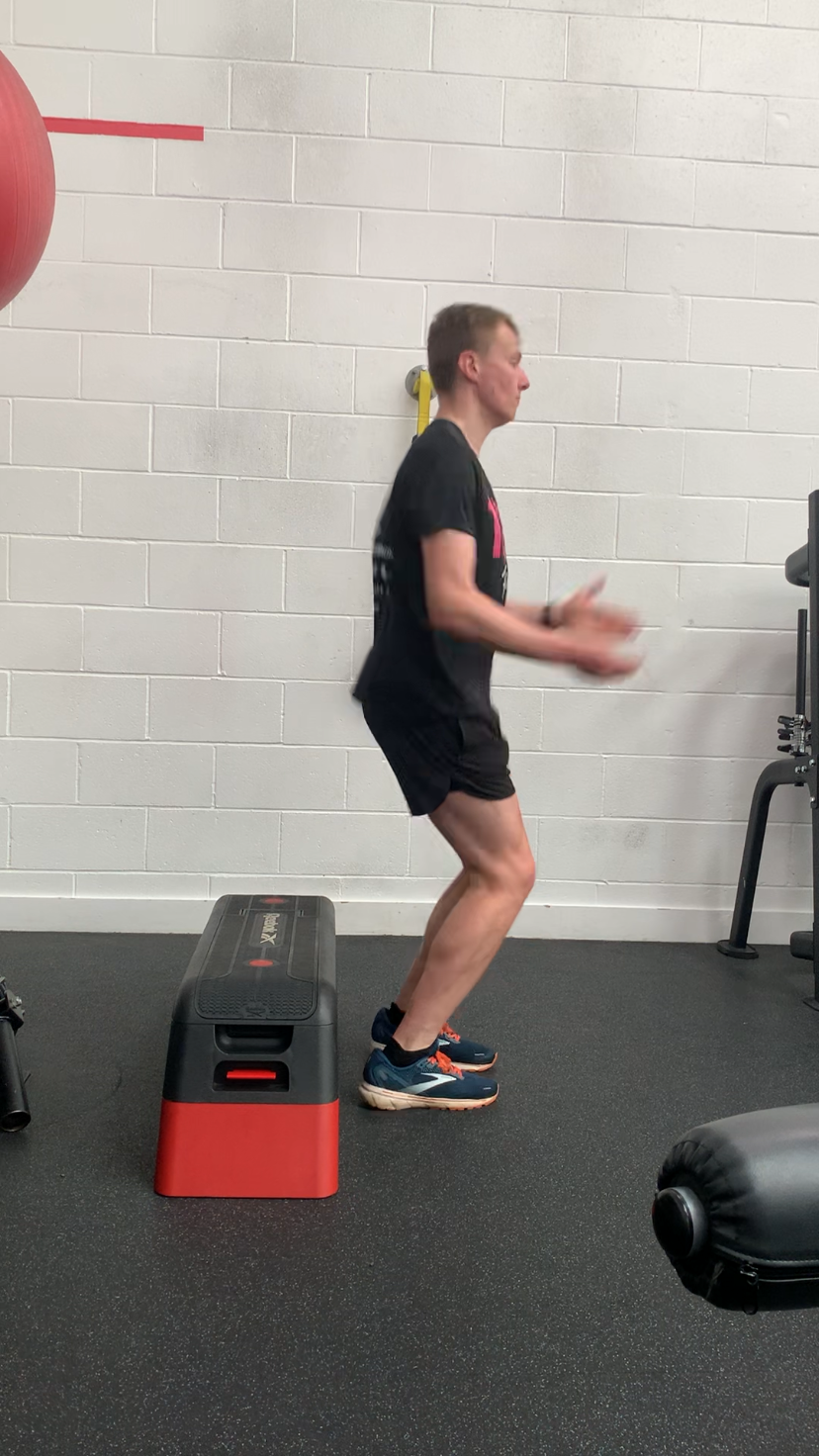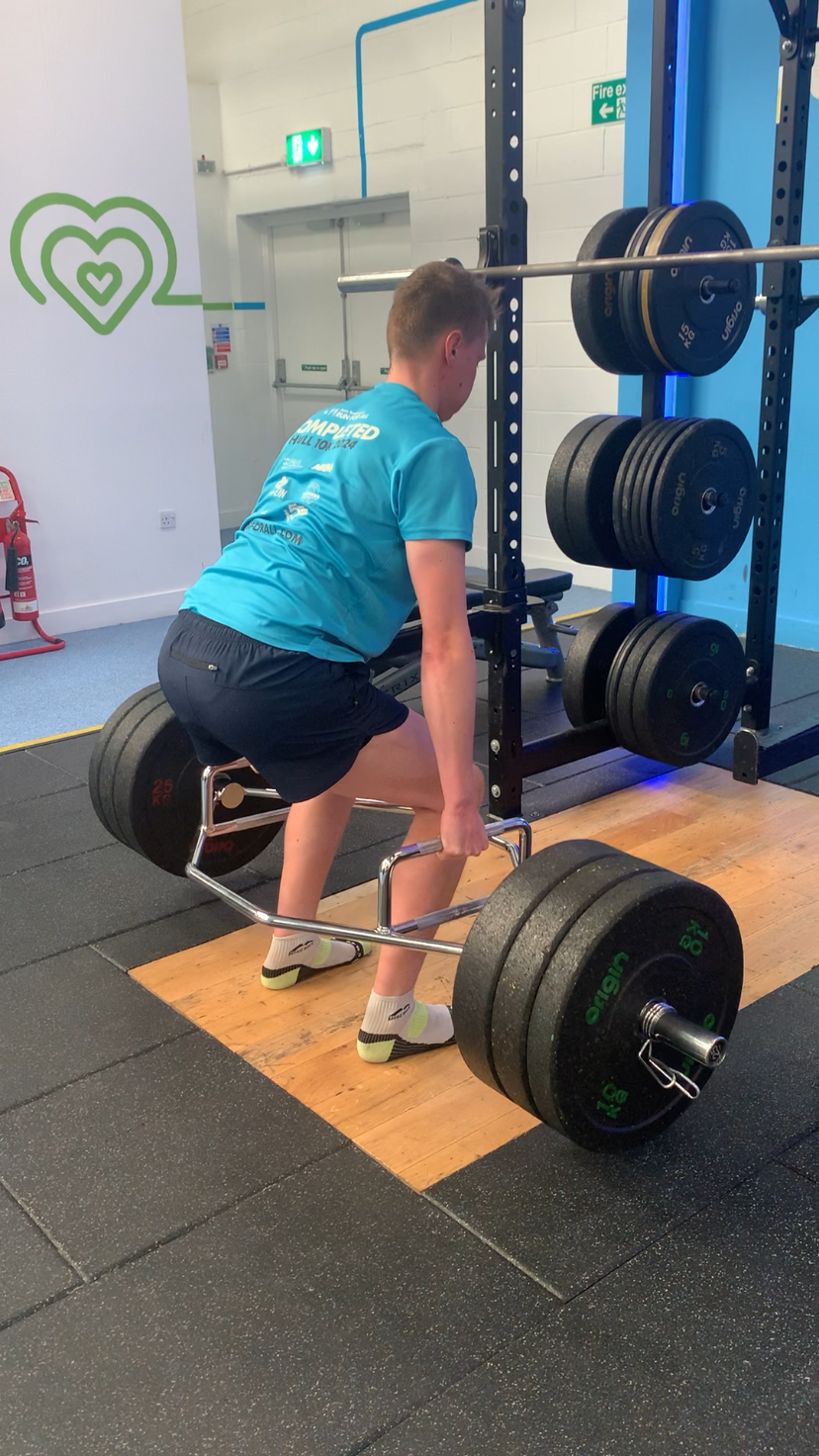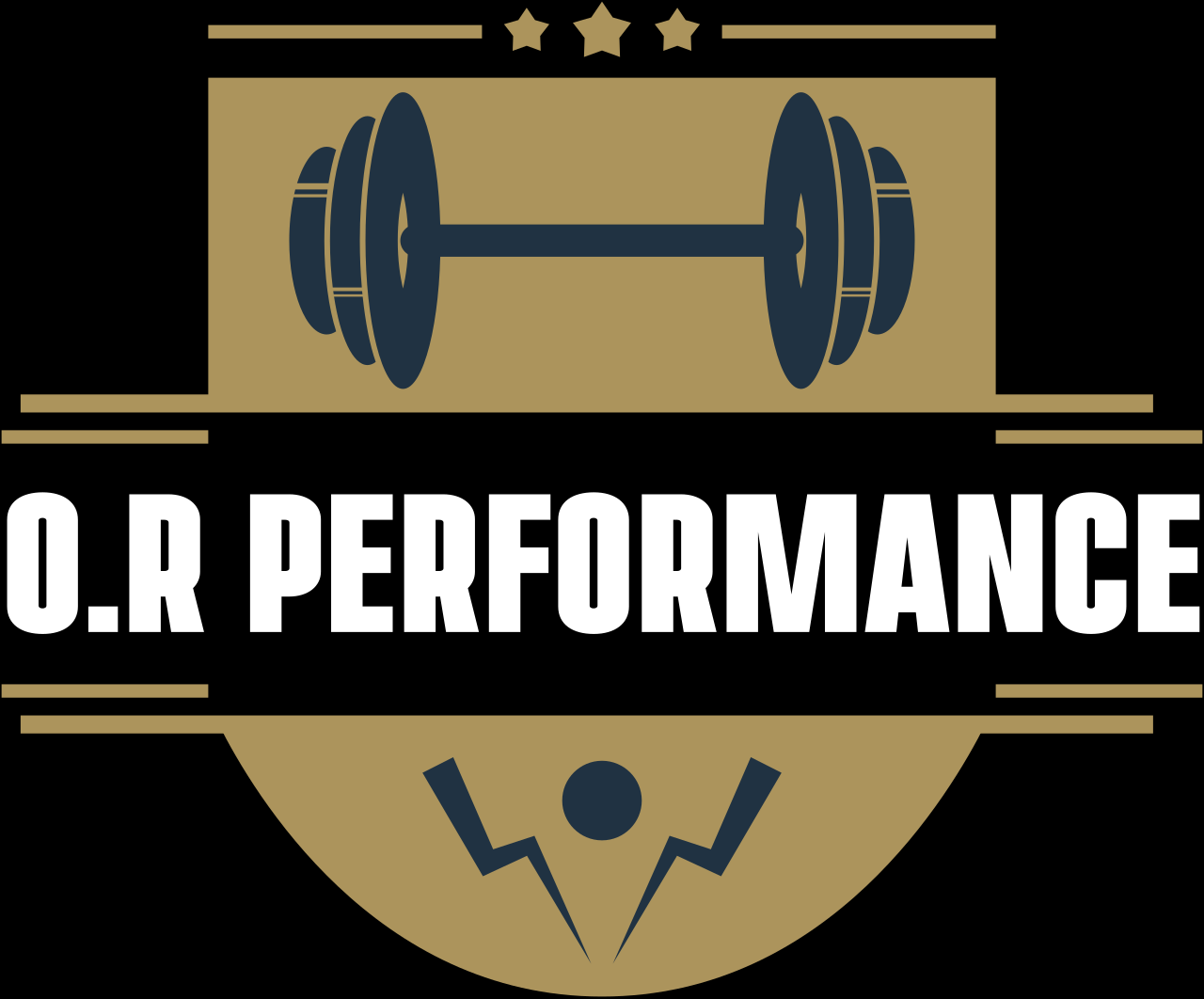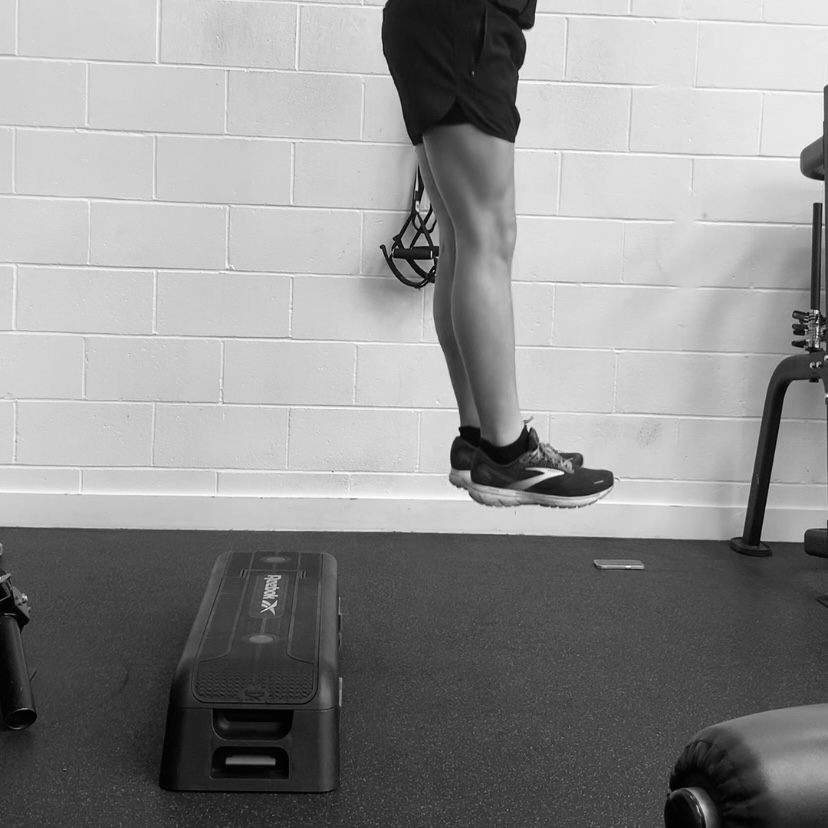Your cart is currently empty!
Bone stress injuries are remarkably common in runners. They occur mainly due to the repetitive forces that need to be absorbed by the muscles and the bone with each foot strike. They’re also incredibly debilitating if not caught early but the signs of a bone stress can sometimes feel like something else. That’s why prevention is so important for bone stress injuries.
The symptoms that people present with for a bone stress injury can also vary. Some people may present with little pain but actually have a stress fracture, others might present with a lot of pain but they only have a bone stress response. A proper prevention plan will minimise the risk of an initial stress response before it can progress into a stress fracture. But what are the differences between the two?
Stress response vs stress fracture
The two injuries are essentially part of a continuum of bone stress injuries. A stress response being the low grade end of the continuum and stress fractures being the high grade end.
Your bone constantly undergoes remodelling. Whenever your muscles pull on your bone (which is whenever you do any movement) the force of your muscle has potential to create microcracks in your bone. Especially if you produce high forces through your muscle – like when running at higher speeds – and you absorb a lot of ground impact. Usually your bone replaces the bone cells next to these microcracks with bone cells with a higher bone mineral density (stronger bone cells) to adapt to the stress the bone is placed under.
Your bone is not put at risk by microcracks but if your running load continues to increase, without sufficient time to repair, the bone’s tolerance to microdamage can be passed. Your bone remodelling is also reduced with more loading cycles – this means that continuing the same type of training isn’t going to stimulate bone growth as much as a new stimulus. The microcracks then accumulate into a larger crack which is a stress fracture.
The difference between a fracture and a response is mainly in the imaging – a reaction does not show on an X-Ray whereas a fracture does. The same clinical tests are performed for both suspected diagnoses. In both cases, there might be swelling which causes tenderness and you may get pain when running. However, given that different people can have different symptoms, it’s always worth getting a physio assessment where you can referred for scans if you need it.
Prevention
It is known that bone mineral density increases the risk of bone stress fractures. The primary minerals in your bone are calcium and phosphate so obviously supplementing those if you are deficient is a good idea. Additionally, low vitamin D levels can reduce the amount of calcium that is absorbed from the diet. So you runners in colder, darker climates could benefit from supplementing vitamin D. If you’re an athlete, you’ll want to think about whether your supplements are batch tested.
Aside from diet though, two major factors that can contribute to an increased risk of a bony stress injury are weak muscles and large increases in training volume. These are factors you have full control over in your training.
Although impact can account for some of the load on your bones, the majority of bone load comes from your muscles. This can explain why other sports such as football, rugby and tennis have players with greater bone mineral density. The sports have a greater demand for strength, power and muscle size. These are factors that have been linked to lower rates of bone stress injury.
Runners who regularly do heavy strength training have been shown to have higher bone mineral density – indicating that they are at less of a risk. But also they are more than likely stronger, which can help with dissipating forces better and allowing better distribution of those forces along your bone. Stronger muscles have a higher ceiling for endurance as your relative work rate will decrease. This can help reduce the risk of bone stress injury due to fatigue, as your form changes when tired and can stress your bones in weak areas. There you have a 3 ways in which strength can help reduce your risk of bone stress injuries.
You can also add in plyometric training to your routine. Plyometrics are a great way to supplement your training with impact. The high level of contraction your muscles produce before hitting the ground is what stimulates bone remodelling in this way. This is an easy and convenient way to bone load if you don’t have access to a gym. It’s important to try to complete your plyometrics in multiple directions as this can build more resistant bones that can handle loading from multiple angles – nothing in running is a complete straight line.
Recommendations


Plyometrics
Now as mentioned earlier because your bones don’t respond as well to repetitive loading the more you do it, this is your perfect chance to expose your bone to muscle forces in different directions. These recommendations are only going to be beneficial for runners without an injury – don’t do any of this without consulting a sports physio or doctor if you have a current bone stress injury.
When you start your plyometrics for example in your base-building phase, it’s a good idea to start low-intensity and with single plane plyometrics. This means exercises like countermovement jumps and hop and holds. The best progression after this would be to introduce plyometrics in multiple directions. You can add in exercises such as lateral jumps and rotational jumps.
From there progress to more intense movements like broad jumps and then to pogo jumps and even single leg exercises like single leg countermovement jumps and single leg broad jumps. Then you can follow the same progression of adding in multiple directions and intensity once again. This should be a fairly slow process of progression. If you were to complete this twice per week, every 3-4 weeks or so, progress your plyometrics. This is to allow the bone time to adapt but not leaving it too long so that the bone adaptation diminishes too much.
You also don’t want to be doing too many plyometrics in addition to your running load, so that you’re overloading your bone. The purpose of these is to stimulate your bone in a way that running can’t provide not to add in another session to your week. Through this you continue to stimulate bone formation rather than bone degradation. Too many plyometrics in addition to your running will create a stress injury risk. Pick 3-4 exercises with a maximum of 5 reps each for a maximum of 2-3 sets.
Weight Training
Muscle strength, size and power have all been linked to higher bone mineral density. Although runner’s don’t need these qualities in abundance, you can take the principles of training to achieve these qualities and apply them on a smaller scale to increase bone mineral density in runners.
To do this you can follow traditional linear periodisation. Follow the link to learn more about this. Essentially through linear periodisation you can work on all 3 of those qualities at different time points which go really well with your training at that time. Through phasing your training like this as well, the increase in muscle hypertrophy in your base phase for example, will help you build strength more effectively in your build phase. This means that each phase feeds into the next – better strength then means a higher ceiling for your strength endurance for example.
What that means is you can start relatively lower intensity (65-80% of your 1RM or 7/10 RPE), higher volume (8-12 reps) in movements such as squats, calf raises, and lunges before progressing to higher intensity (85%+ of your 1RM or 9/10 RPE), lower volume (4-6 reps). You can then progress to power (65-85% of your 1RM or 7/10 RPE for 1-5 reps focusing on moving fast) and strength endurance (50-60% of your 1RM for 15+ reps) as you begin to approach your race season. Training for these physical qualities is less likely to make you sore as you approach peak fitness.
It’s also important to load in multiple directions again to make your bone as resilient as possible to all kinds of loads. There’s always some degree of movement that isn’t the line of direction you’re running in, so you need to be able to handle it. Include exercises such as lateral lunges, hip external rotation, banded inversions and eversions, side planks and rotational core work for example. This S&C malarkey is quite easy when put like that… Why not make it even easier for yourself and get yourself on one of our S&C programmes.
Summary
Bone stress injuries can mostly fall under a continuum from stress response to stress fracture, with increasing severity. The difference between them both being that a stress response doesn’t typically show on an X-Ray, their clinical presentation is more or less the same.
To prevent your risk of bone stress injury you should aim to boost your bone mineral density. The easiest way to do this is to supplement vitamin D and calcium if you are low in those – make sure they are batch tested. The other way is to weight train and do plyometrics. The high level of muscle contraction these create, stresses the bone and allows the remodelling process to start which boosts bone mineral density over time.
Plyometrics and weight training should be done in multiple directions because running doesn’t only involve straight line movements. However, a gradual shift from linear to multi-directional movements and from low-intensity to high-intensity is appropriate because bone stops adapting to the same stress fairly quickly. Begin with 30-50 linear jumps per session for plyometrics and around 70% of 1RM intensity for 8-12 reps in your weight training before progressing over a number of weeks to around 70-80 linear and multidirectional jumps with weight training upwards of 85% of 1RM intensity for 4-6 reps.


Leave a Reply